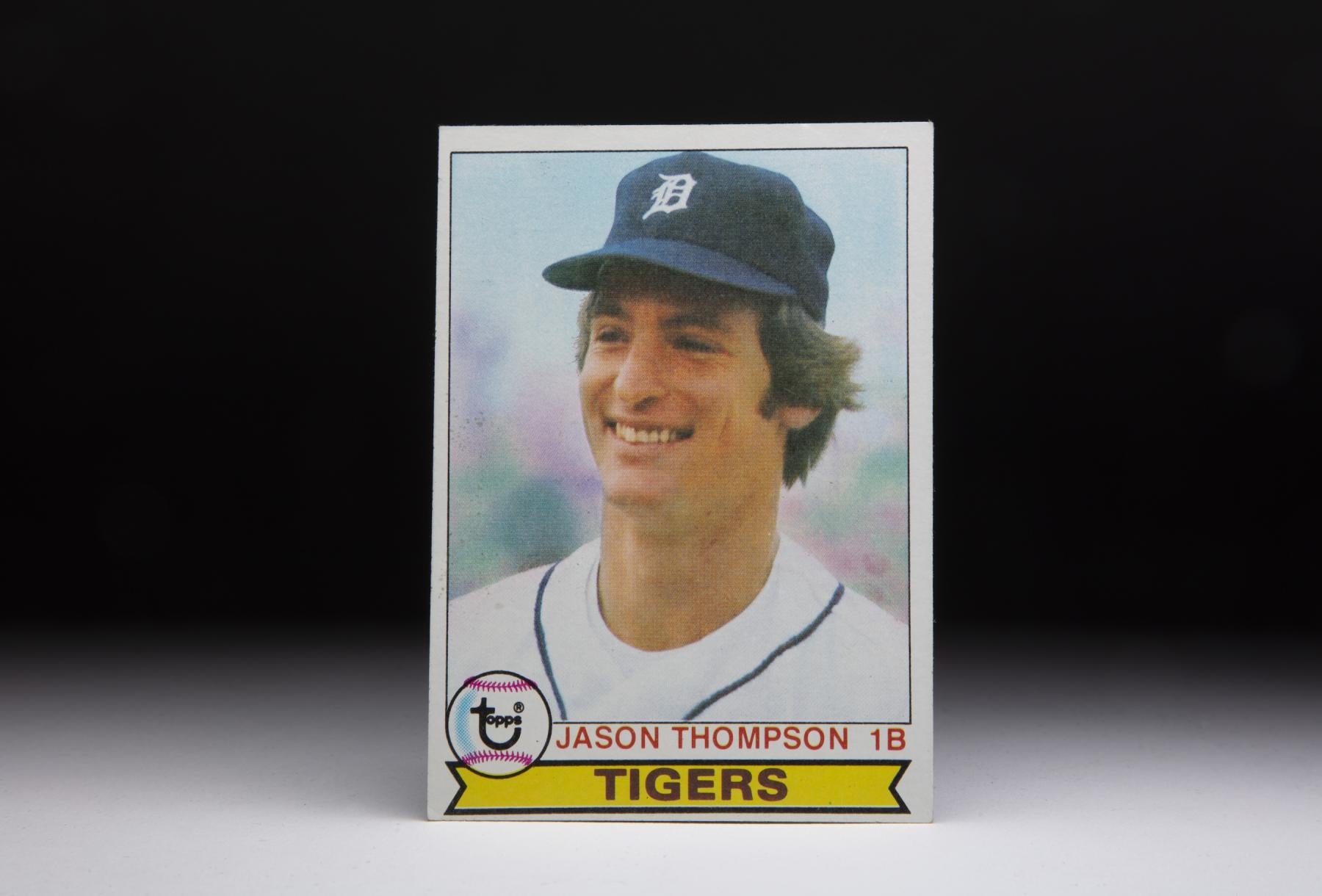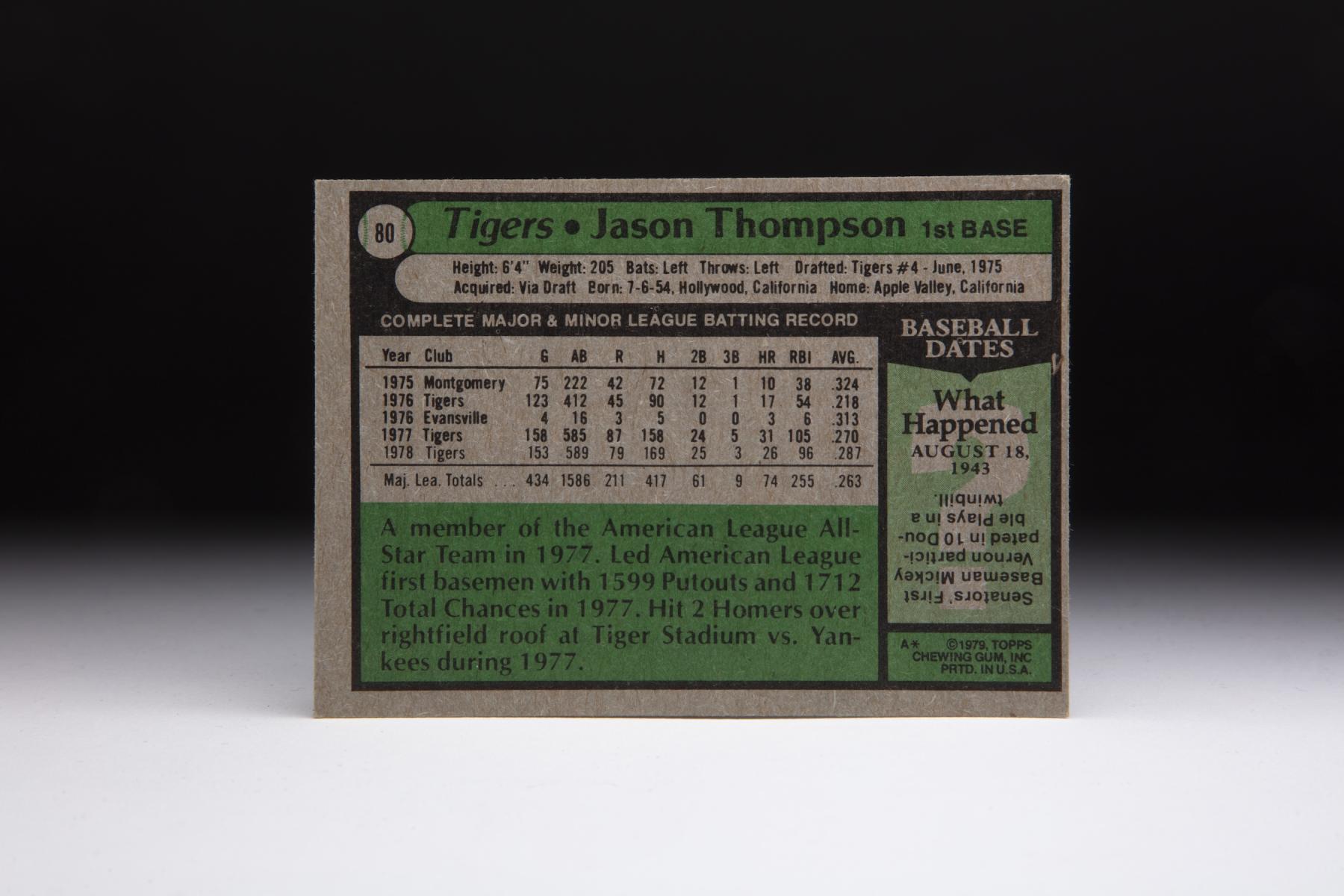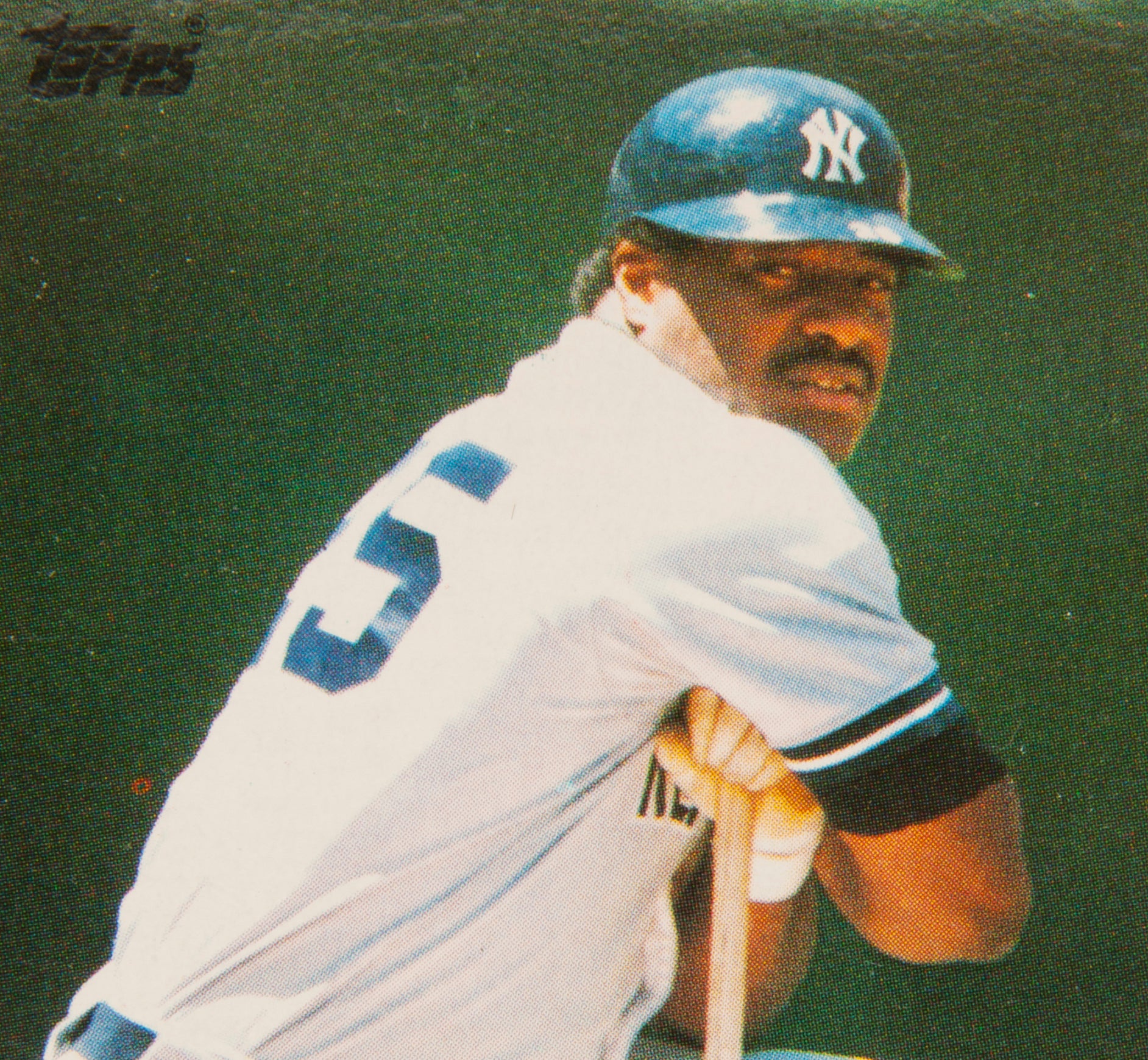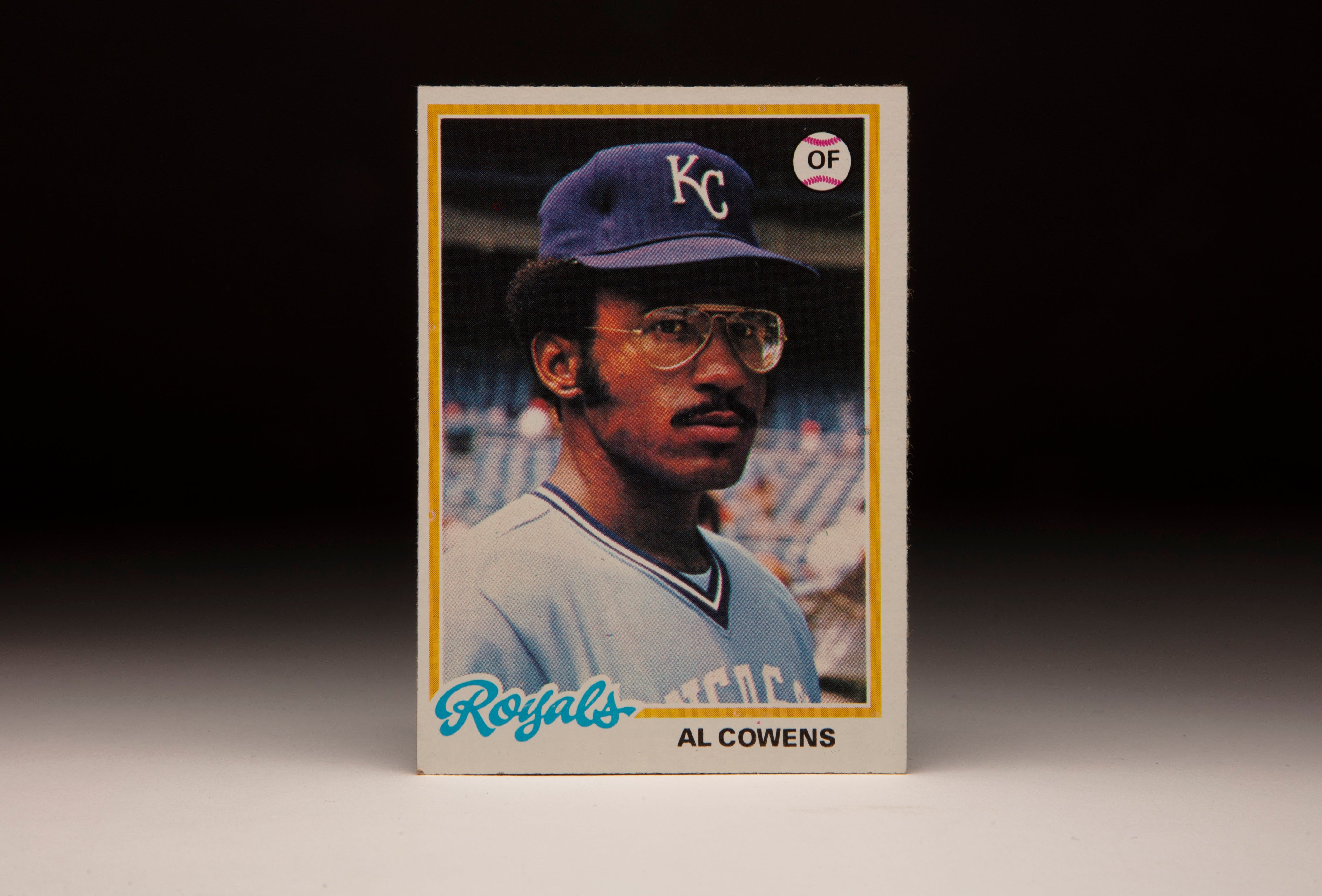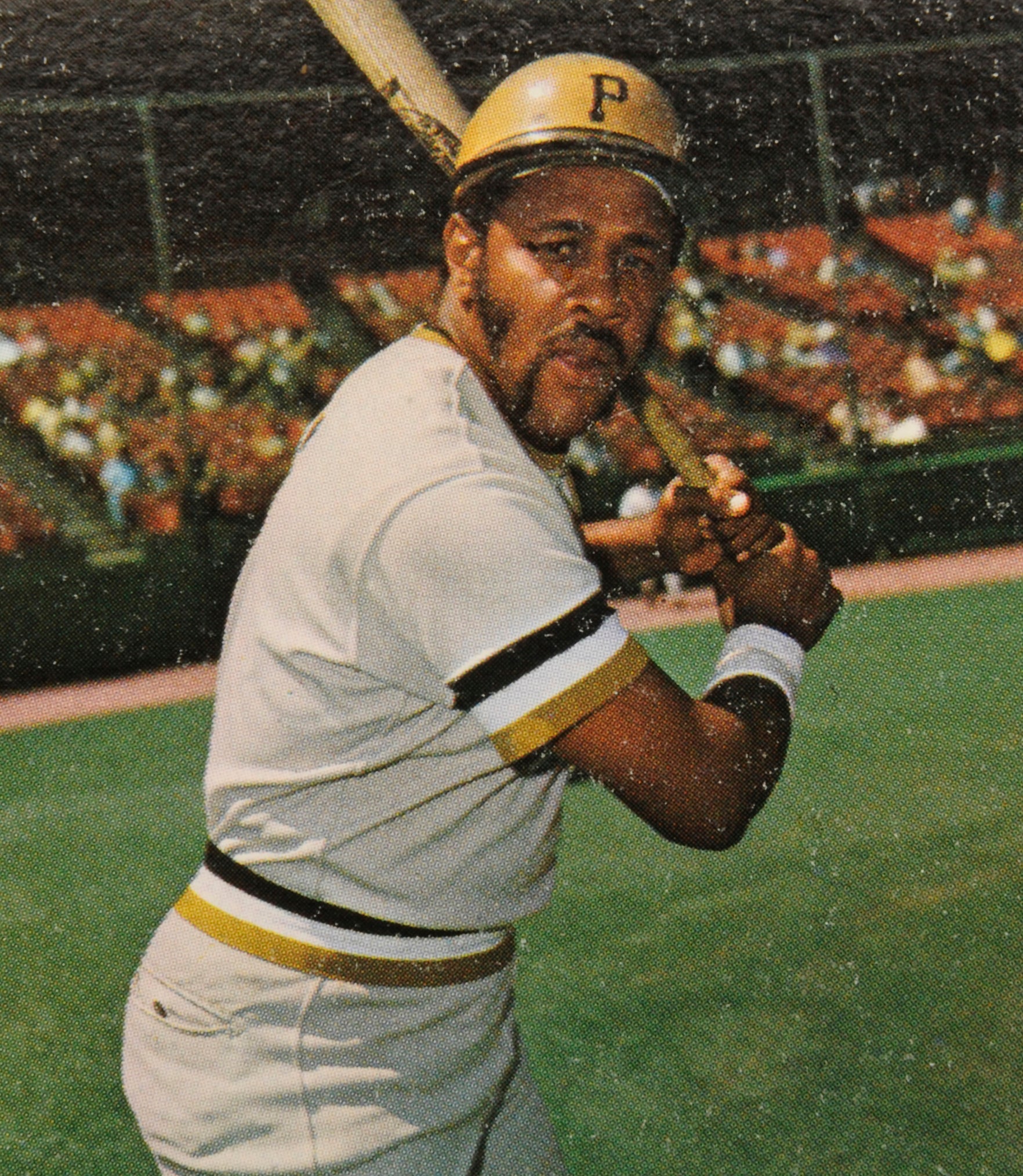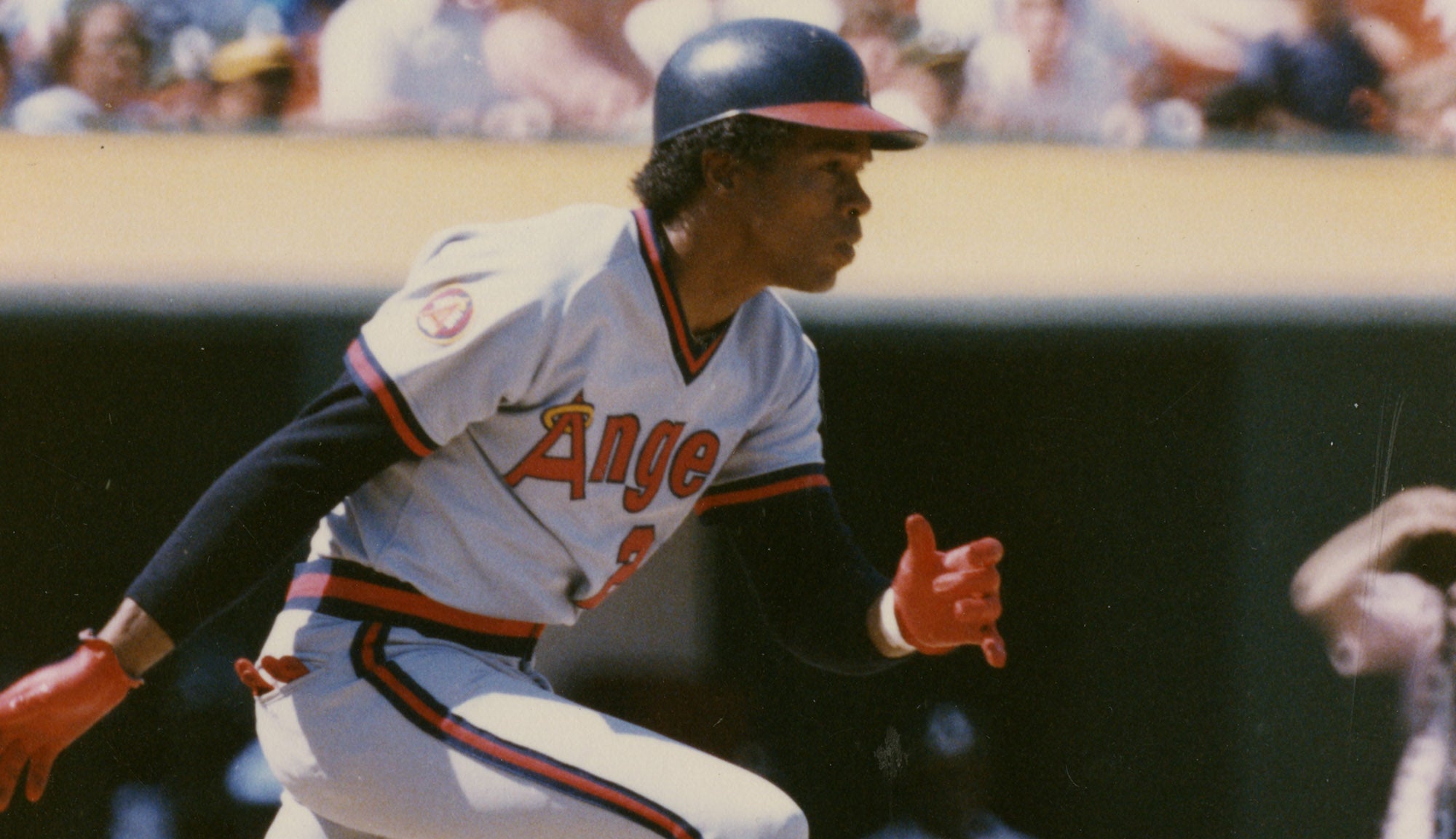#CardCorner: 1979 Topps Jason Thompson
In his age-27 season, Jason Thompson recorded a .902 OPS while hitting 31 home runs, becoming just the eighth player in AL/NL history to post 30-homer seasons in both leagues.
It would be the peak of a career for a player that – viewed through the lens of modern metrics – was unquestionably underrated during his era.
Born July 6, 1954, in Hollywood, Calif., Thompson was raised in Apple Valley, a town located about 90 miles northeast of Los Angeles in the Mojave Desert. He began drawing local press notice as a Little Leaguer as early as 1966, and by his senior year at Apple Valley High School, Thompson – who starred on the mound as a hard-throwing lefty as well as in the batter’s box – was a big league prospect. In his senior year at Apple Valley, Thompson pitched two no-hitters and hit .368.
The Dodgers, duly impressed, selected Thompson in the 15th round of the June MLB Draft – as a pitcher. But perhaps knowing the massive depth of the Dodgers’ farm system and preferring to be a position player, Thompson chose college and enrolled at Cal State-Northridge in Los Angeles.
By his junior season, Thompson was the unanimous selection as the Most Valuable Player of the California State Athletic Association, hitting .388 and missing out on the batting title by one point.
“I had a good coach in Bob Hiegert and we had a good program,” Thompson told the Associated Press of his days with the Matadors. “He seemed to know how to get you ready for the pros.”
On June 4, 1975, the Tigers selected Thompson in the fourth round of the MLB Draft. Of the 74 players selected ahead of him, only Carney Lansford (40.4 WAR) and Hall of Famer Lee Smith (28.9 WAR) had a better career Wins Above Replacement mark than Thompson (25.0 WAR).
The Tigers immediately sent Thompson to Double-A Montgomery of the Southern League, and after a slow start Thompson caught fire. In 75 games, he hit .324 with 10 homers and 38 RBI, drawing 38 walks (fueling his .415 on-base percentage) while striking out just 22 times.
“Jason’s got a good eye. He makes the pitcher throw strikes,” Montgomery manager Les Moss told the Alabama Journal. “Believe me, a good part of this game is knowing that strike zone. And Jason does.”
The Tigers brought Thompson to Spring Training in 1976, and he became one of the most talked-about young players in the game.
“There’s a lot of raw hitting talent there,” Tigers manager Ralph Houk told United Press International. “You wish you could give him more time (in exhibition games) because he’s been so hard to get out.”
The Tigers sent Thompson to Triple-A Evansville to start the season, and he hit three homers in his first four games. Thompson was then summoned to Detroit in late April when Tigers catcher Milt May was sidelined with an ankle injury. At that point, Thompson had fewer than 300 at-bats in the minors. But he got off to a terrific start in Detroit, hitting .414 over his first seven games.
“Some people you just know have gotta play,” Houk told the Associated Press during Thompson’s first week in the big leagues. “If you’d seen him at Dunedin of the Florida Instructional League, you’d say: ‘Now this is a ballplayer.’”
Thompson cooled off in May and June but Houk kept him in the lineup at first base, and Thompson finished the year batting .218 with 17 homers and 54 RBI in 123 games. He also drew 68 walks to push his on-base percentage to .328.
Thompson made the first of 10 straight Opening Day starts at first base in 1977 and quickly became one of the best young power hitters in the game. With 18 homers, 65 RBI and a .276 batting average at the All-Star break, Thompson was named to the American League roster for the Midsummer Classic. He finished the year hitting .270 with 87 runs scored, 31 homers, 105 RBI and 73 walks.
Thompson and fellow Tigers young slugger Steve Kemp staged a brief holdout in the spring of 1978 as their agent, Allen Miller, worked to increase their salaries. Thompson eventually accepted the $75,000 the club was offering.
“Being someone who has gone through a similar thing myself, I don’t think it’s any big deal,” Tigers veteran designated hitter Rusty Staub told AP. “Steve and Jason are sort of in limbo as far as their contracts are concerned. They can’t go to arbitration, and they can’t become free agents. They just have to realize they’re not going to get exactly what they want.”
Thompson posted similar numbers to his 1977 campaign in 1978, hitting .287 with 26 homers and 96 RBI while drawing 74 walks and again earning an All-Star Game berth. This time, Thompson actually appeared in the game – flying out against Bruce Sutter as a pinch-hitter in the ninth inning.
“The days go by, and for a while it seems like another day, another game,” Thompson told the Hartford Courant during Spring Training of 1979. “Then I stop and realize that this is as high as anybody can go, and I’m here, and I have to shake myself.”
The young Tigers were expected to contend in 1979 but had to do so without the laid-back Houk, who was replaced by the more intense Les Moss in the dugout. With the Tigers a disappointing 27-26, Moss was replaced by Sparky Anderson, who had been let go by the Reds following the 1978 season.
Anderson guided Detroit to 56 wins over his 106 games but Thompson was slowed by a summer slump that left him with 20 homers, 79 RBI and a .246 batting average at season’s end. Then on May 27, 1980, the Tigers and Angels pulled off an unexpected swap when Thompson was sent to California in exchange for outfielder Al Cowens, who came to the Angels from the Royals in a blockbuster trade following the 1979 season.
Yankees vice president of baseball operations Bill Bergesch told the New York Daily News immediately after the deals that Thompson was “shocked” but “thrilled to death” to be coming to New York. But despite Bergesch’s belief that the second trade would be approved, Kuhn ultimately blocked the deal, leaving Thompson with the Pirates after the teams tried unsuccessfully for three days to rework the trade.
“It was a confusing time,” Thompson told the Cincinnati Enquirer early in the 1981 season. “I can’t think about what might have happened in New York. I’m probably playing more here that I would there. I’m in a great organization to play with and I like playing for (Pirates manager) Chuck Tanner. I think it was a real good break for me.”
Tanner installed Thompson at first base while veteran Willie Stargell transitioned to a pinch-hitting/part-time role. Thompson started slowly and was hitting .171 when the strike interrupted the season in June but got hot in the second half and finished with a .242 batting average, 15 homers, 42 RBI and 59 walks (good for a .396 on-base percentage) in 86 games.
By the end of the season, however, Thompson was frustrated with the Pirates, who had several first basemen on their roster that year including John Milner and Willie Montañez.
“Without a doubt, the whole thing has bothered me,” Thompson told the Pittsburgh Press late in the 1981 season. “I’m bitter and I guess I’ll always be bitter. I’ve never felt comfortable here. I’ve never felt wanted.”
Thompson, set to be a free agent after the 1982 season, was rumored to be heading to the Rangers in a deal pre-Spring Training deal that would have brought Al Oliver back to Pittsburgh. But the trade fell through and Thompson made the Pirates look good by getting off to the best start of his career. In early May, he was leading all NL batters with a .376 average and nine home runs, and though he could not sustain that rate he still finished with a .284 batting average, 31 homers, 101 RBI, 101 walks and a .902 OPS. He was named to his third All-Star Game and earned league MVP votes for the first time since 1977.
On Nov. 3, 1982, the Pirates signed Thompson to a five-year deal worth a reported $5.25 million.
“All in all, we’re awfully pleased over signing Jason, and he’s very happy about it,” Pirates general manager Harding Peterson told the Pittsburgh Press. “He loves playing for Chuck Tanner. He’s one of the nicest young men I’ve ever dealt with.”
The deal, however, would not be a fruitful one for either side. Thompson hit .259 with 18 homers, 76 RBI and 99 walks in 1983 but also struck out 128 times, the second-highest total in the league. Then in 1984, the Pirates endured a strange season where they outscored their opponents 615-567 and led the NL with a 3.11 ERA en route to a last-place finish in the NL East. Thompson became the frequent target of Pittsburgh boo birds while hitting .254 with 17 homers, 74 RBI and 87 walks.
He finished his career with a .261 batting average, a .366 on-base percentage, 208 homers and 816 walks in 1,418 games. In today’s game, Thompson would have been lauded for his plate discipline – something that many saw as a passive approach during his playing days.
In 1996, the San Bernardino County Sun chose Thompson as its first baseman on its all-time MLB team. The paper noted that Thompson led all area MLB players in career games, hits, home runs and RBI.
For a player routinely involved in unusual off-the-field happenings that were out of his control during his 11 big league seasons, Jason Thompson showed an uncanny ability to focus.
“So much of this game is mental,” Thompson told AP during his hot start in 1982. “If you go up to the plate with too many things on your mind, it is going to hurt you.”
Craig Muder is the director of communications for the National Baseball Hall of Fame and Museum

